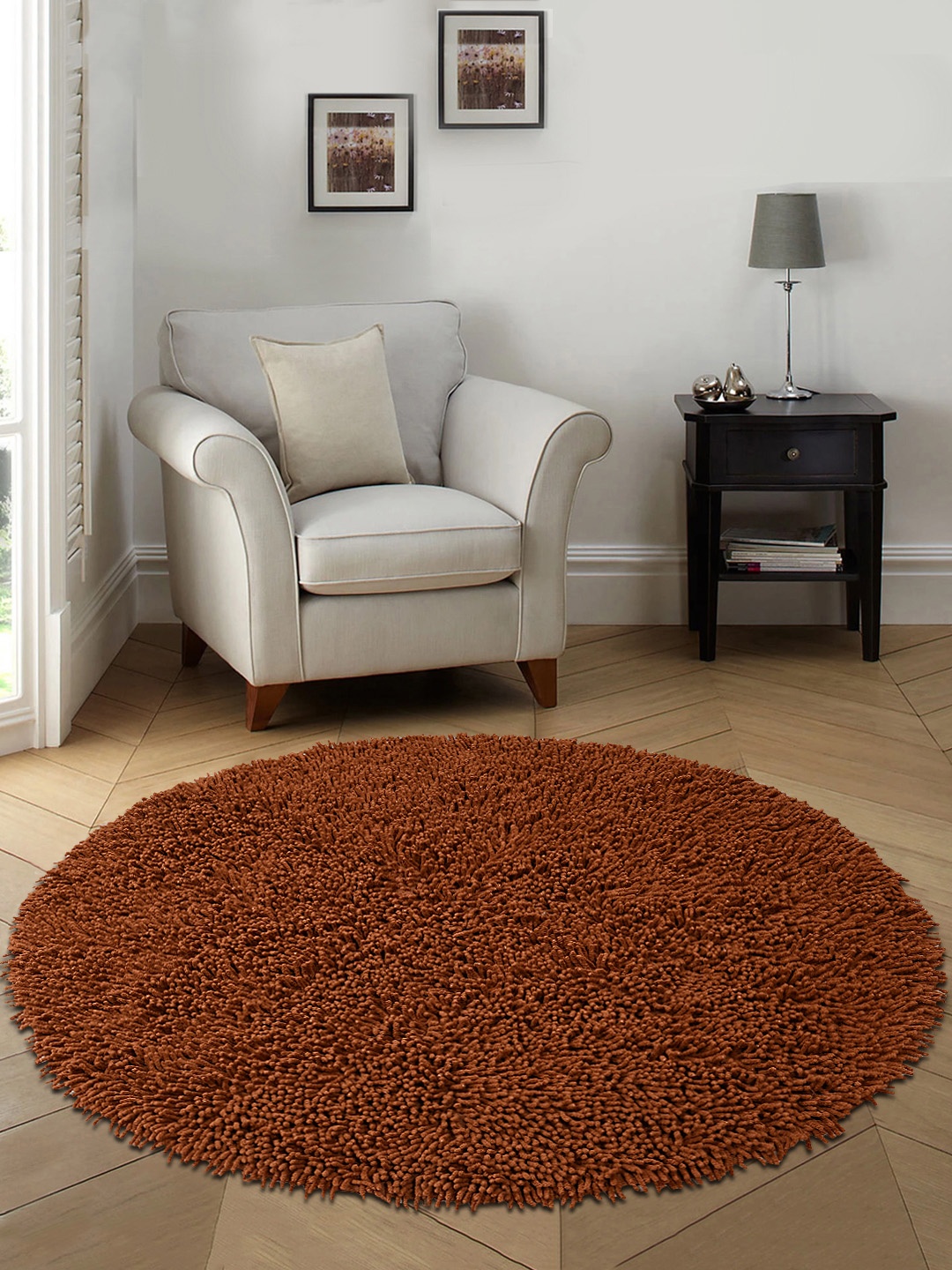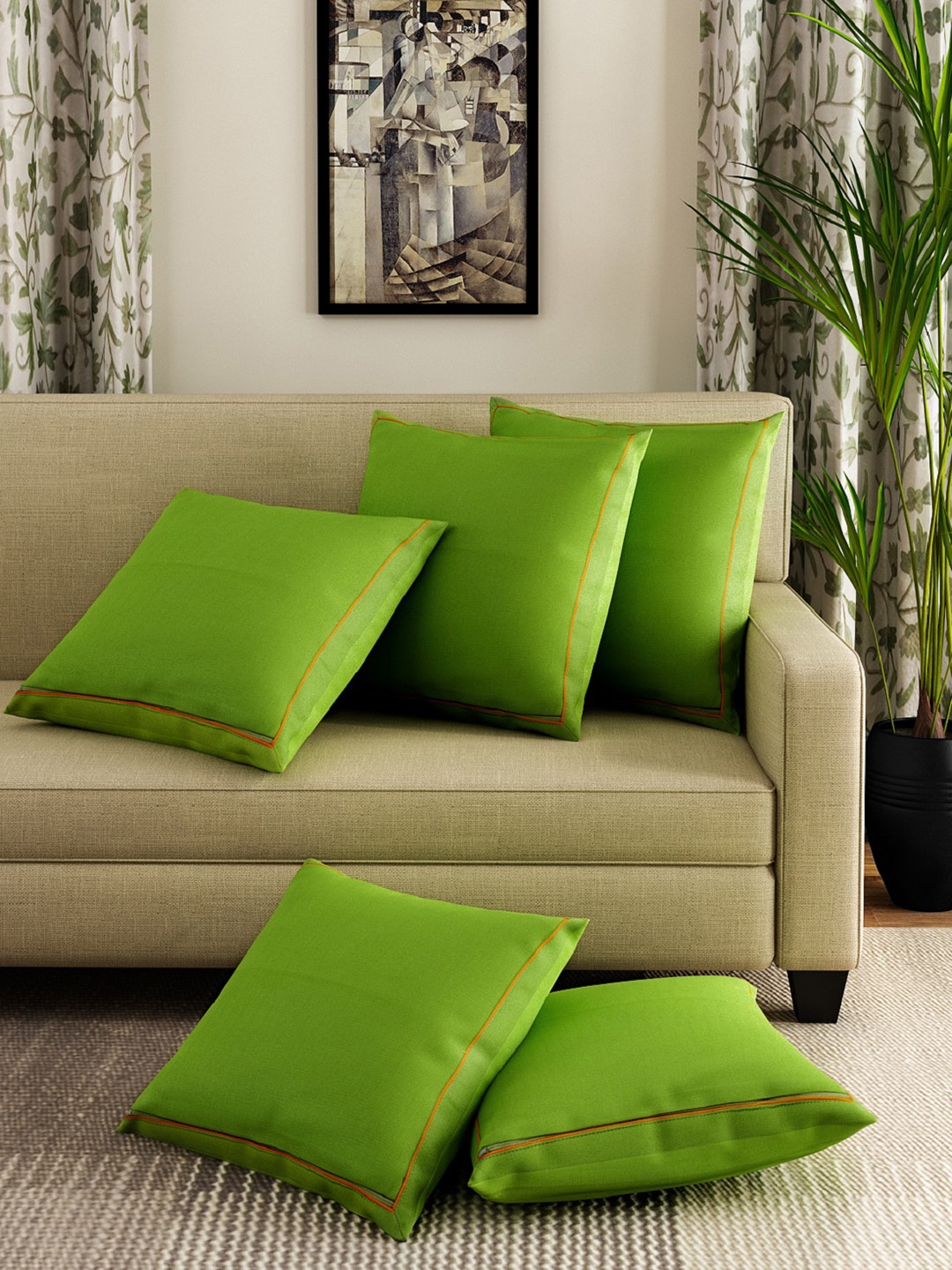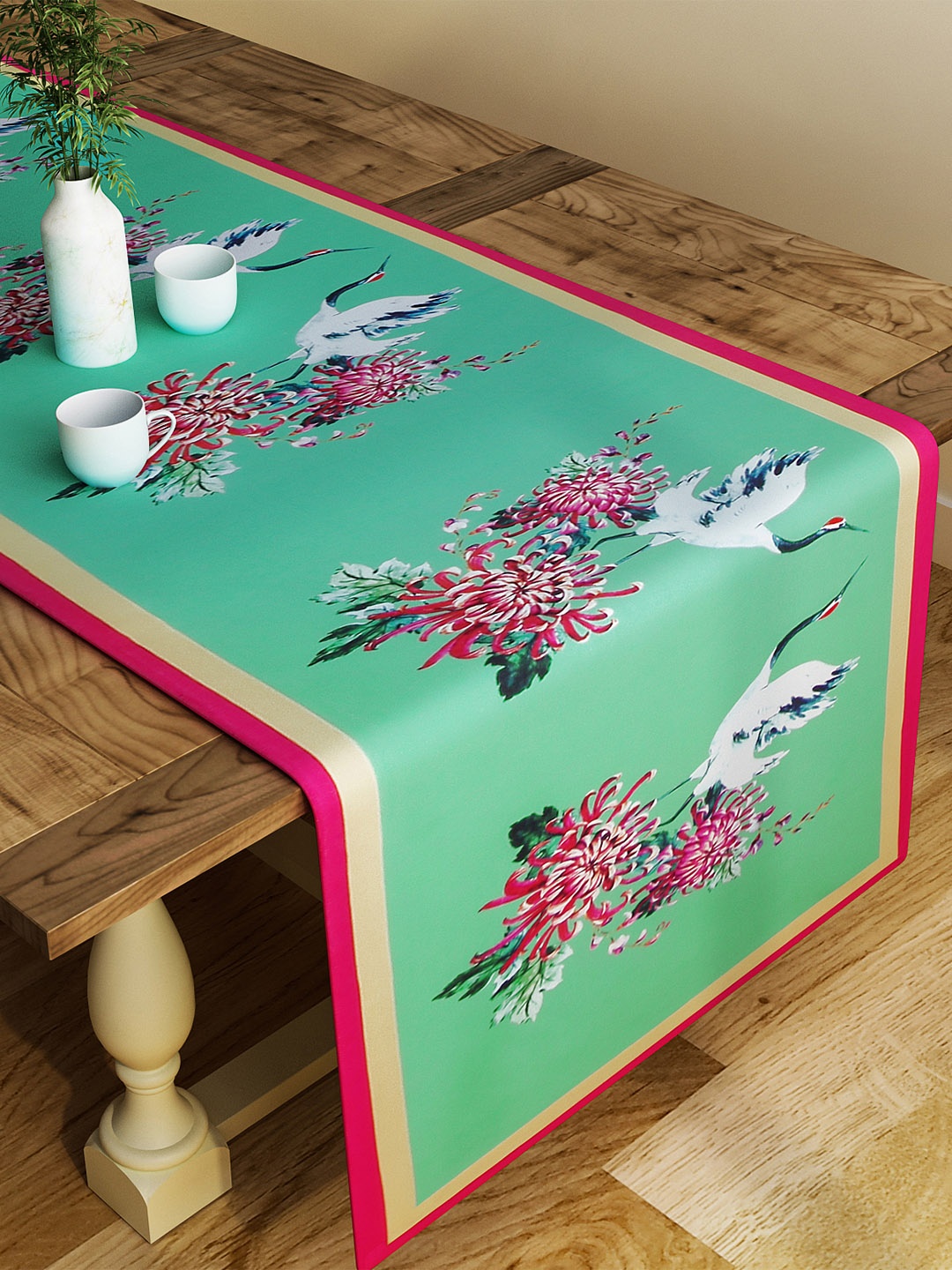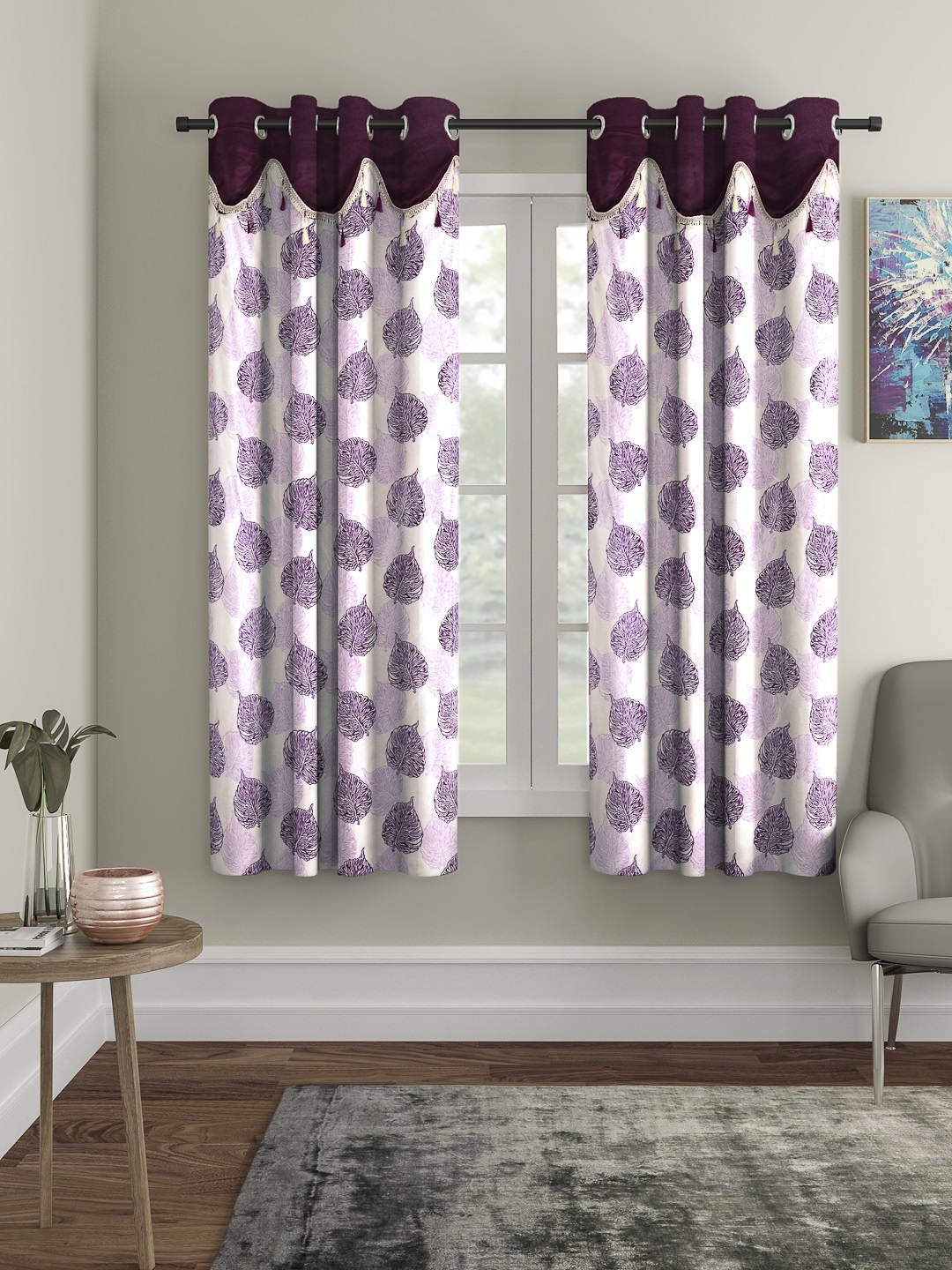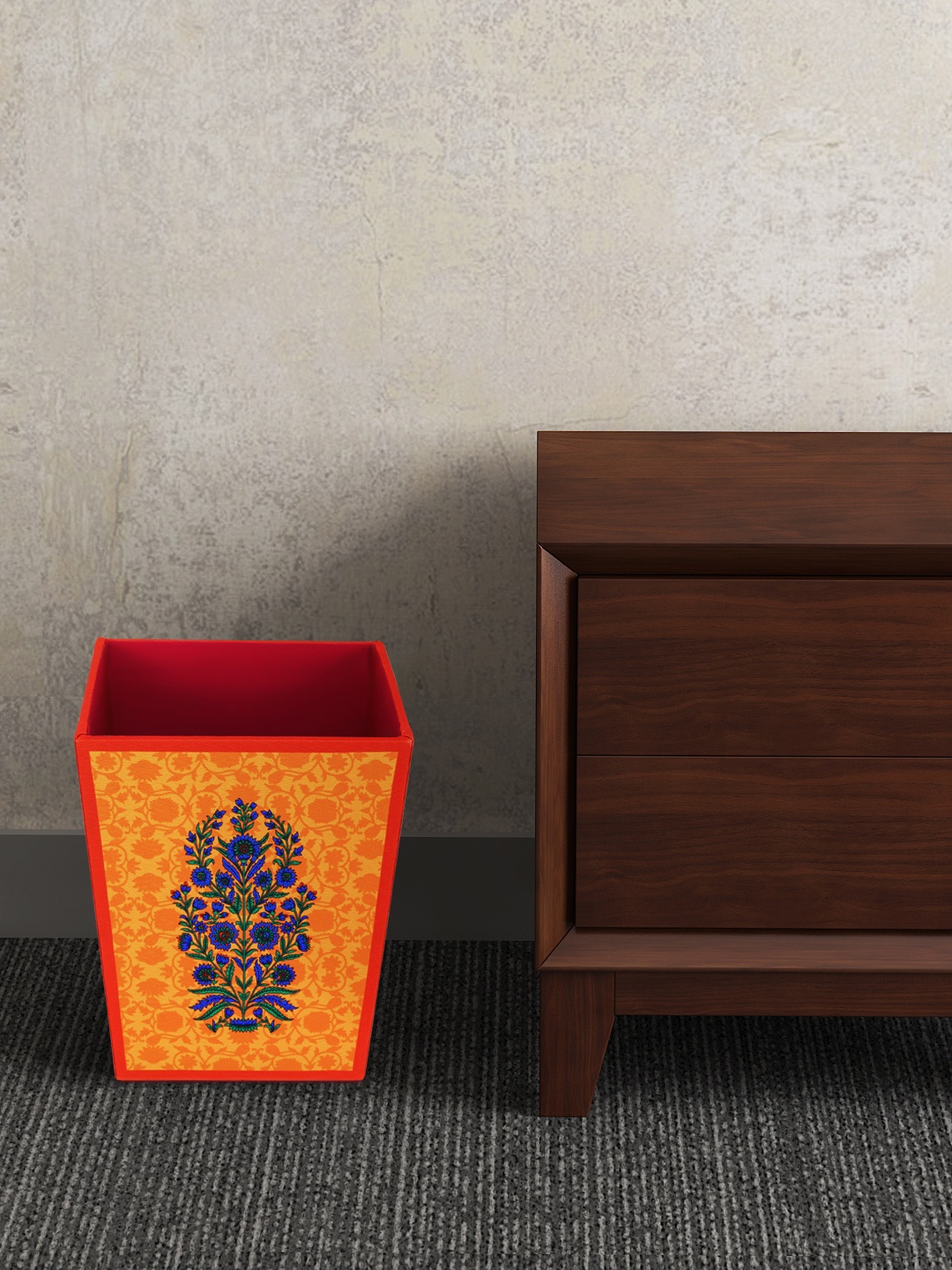Warm vs Cool Lighting Guide: Best Bulbs For Living Rooms, Bedrooms, Kitchens And More
Choosing between warm and cool lighting is more than a design decision; it shapes how every corner of your home feels, functions and welcomes you. This guide walks you through the subtle yet powerful influence of light. So, if you are confused by light bulbs' varieties, our warm vs. cool lighting guide shows the best ones for your bedroom, kitchen, and more.

Warm vs Cool Lighting Bulbs. Check This Guide to Choosing the Best Bulbs for Your House Now.
Step into any homewares store, and the sheer number of light bulb boxes staring back at you can feel overwhelming. LED, CFL, lumens, watts and then the real head-scratcher, warm white or cool white? It's a question that can leave even the most decisive shopper stranded in the aisle, juggling boxes like a contestant on a game show.
Lighting is not just about seeing clearly. It's about how a space feels, whether it welcomes you with a cosy embrace after a long day or kicks you into gear for a productive morning. The right lighting can make your dinner taste better, your reading corner more inviting, and even your face look fresher on those groggy mornings.
This is where the warm vs cool light debate shines (pun intended). Both have their place, and picking the right one is like matching the perfect chai cup to your mood, there's no one-size-fits-all answer. So, if you are confused by light bulbs' varieties, our warm vs. cool lighting guide shows the best ones for your bedroom, kitchen, and more. Let's dive into where each belongs and why your choice matters more than you might think.

The Warm vs Cool Light Debate: And Which One Belongs in Each Room; Photo Credit: Pexels
1. Understanding Warm and Cool Light
Lighting has its language, and at its heart is something called colour temperature, measured in Kelvin (K). A lower Kelvin rating, say, around 2700K to 3000K, produces a golden, yellow-toned glow known as warm light. Think candlelight or the way the sun looks just before it sets. It's soft, gentle, and inviting.
Cool light, on the other hand, sits higher on the Kelvin scale, from about 4000K to 6500K, and has a bluish tint. This is the bright, crisp glow you might associate with daylight on a clear morning or the lighting in modern offices. It's sharper, energising, and excellent for tasks that need your eyes wide open.
If warm light is the comfort food of illumination, cool light is the double espresso; each has its role, and using them in the wrong context can throw off a room's entire vibe. The trick lies in understanding where you want warmth and where you need clarity.
2. Why Warm Light Feels Cosy
Warm light works a little like a soft blanket; it wraps a space in comfort. The golden tone reduces harsh contrasts, making colours look richer and skin tones appear softer. There's a reason restaurants favour warm lighting: it makes everything look appetising and encourages people to linger.
At home, warm light is perfect for rooms where relaxation is the goal. Imagine walking into your living room after a long day, only to be met with a soft amber glow, it signals your brain to switch gears from alert mode to unwind mode. The same applies to bedrooms, where harsh lighting can feel as intrusive as a car horn during a Sunday nap.
Warm light also works beautifully with traditional interiors, wooden furniture, and earthy colour palettes. The rich tones complement each other, making the space feel grounded and familiar. It's the lighting equivalent of your favourite armchair, always there to make you feel at home.
3. Where Cool Light Works Best
Cool light is the champion of clarity and focus. Its crisp, bluish hue mimics daylight, which naturally tells our brains it's time to be alert. This is why it's a favourite for study areas, kitchens, and home offices, places where you need to see every detail without straining your eyes.
Picture chopping vegetables in a kitchen lit with warm light, the subtle shadows might make it tricky to tell coriander from parsley. Switch to cool light, and suddenly every detail is crystal clear. The same goes for applying makeup, reading fine print, or working on intricate crafts.
Cool light also works wonders in bathrooms, especially around mirrors. It reveals true colours, which is a blessing when matching clothes or checking if your foundation actually matches your skin tone in daylight. Used wisely, it can be a burst of morning motivation, though, admittedly, it can be a bit brutal before your first sip of chai.
Also Read: Millennials' Home Hack: Decorative Lighting Creates Big Impact And That Too On A Budget
4. The Kelvin Scale: Your Lighting Cheat Sheet
When standing in a shop, squinting at bulb packaging, the Kelvin number is your secret weapon. Here's a simple guide:
- 2700K–3000K → Warm white: cosy, relaxing, golden glow.
- 3500K–4100K → Neutral white: balanced, versatile, works in mixed-use spaces.
- 5000K–6500K → Cool daylight: bright, energising, crisp.
If the numbers feel abstract, remember this: the lower the number, the warmer and more amber the light; the higher the number, the cooler and bluer it appears.
Choosing bulbs based on Kelvin rather than vague labels like “soft white” or “daylight” can save you from buying a bulb that makes your living room feel like a hospital corridor or your kitchen look like a sepia photograph. It's not just a purchase, it's a commitment to how your space will feel every single day.
5. Warm Light in Living Rooms and Bedrooms
The living room is the heart of the home, it's where conversations flow, chai cups are passed around, and the TV plays in the background. Warm light complements these moments by creating a relaxed environment that encourages togetherness.
In bedrooms, warm light is almost non-negotiable. Exposure to cool light late at night can trick your brain into thinking it's still daytime, making it harder to fall asleep. A warm bedside lamp signals it's time to wind down, much like dimming the lights at a cinema tells you the film's about to start.
Layering warm light in these spaces, through floor lamps, wall sconces, and table lamps, creates depth and atmosphere. Think of it as layering spices in a curry; each source adds a note that makes the whole experience richer.
6. Cool Light in Kitchens and Bathrooms
Kitchens demand precision. Whether you're kneading dough or checking if the dal is simmering just right, cool light helps you see clearly. Ceiling-mounted LED panels or under-cabinet strips in cool white make sure no chopping board corner hides in shadow.
Bathrooms benefit equally from cool lighting. It makes grooming tasks like shaving or applying eyeliner far less error-prone. If your bathroom doubles as a laundry space, the bright light ensures no sock goes missing during sorting.
However, balance matters. You don't want your bathroom feeling like a clinic. Combining a main cool light with softer wall lighting for evening baths gives you the best of both worlds, bright when you need it, soothing when you don't.
7. The Middle Ground: Neutral White Light
Not every space needs to swing to either extreme. Neutral white light, around 3500K to 4100K, is a great compromise. It offers clarity without the sterility of cool light and warmth without the sleepiness of amber tones.
Dining rooms, study nooks in shared spaces, and multi-use living areas often benefit from neutral white. It's also a clever choice for hallways, which connect different lighting zones. Imagine moving from a warm-lit bedroom to a cool-lit kitchen without a sudden jolt, neutral lighting smooths that transition like a well-written bridge in a song.
This middle ground also works well for homes with a modern-minimalist style, where too much warmth can clash with clean lines, and too much coolness can feel stark.
8. Using Lighting Layers for Balance
Just as you wouldn't wear only one layer of clothing year-round, relying on a single light source can make a space feel flat. Layering combines different light types, ambient, task, and accent, to suit various needs throughout the day.
For example, a living room could have warm ambient lighting from ceiling fixtures, cool task lighting for reading or sewing, and accent lighting to highlight art or plants. This flexibility means you can adjust the mood like a dimmer switch for emotions.
Using smart bulbs or dimmable fixtures adds even more control, letting you shift from bright and functional to soft and romantic without changing bulbs. It's an investment that pays off in comfort and versatility, like having both sneakers and formal shoes ready for any occasion.

Set the Mood: A Guide to Picking the Best Warm or Cool Bulbs for Your Living Room, Bedroom, and Every Space; Photo Credit: Pexels
9. Energy Efficiency and Bulb Choices
The warm vs cool debate also ties into efficiency. LED bulbs dominate the market for good reason: they consume less electricity, last longer, and are available in every colour temperature. A good LED bulb can run for 15,000–25,000 hours, that's years of use for just a few hundred rupees.
When buying, look for lumens rather than watts to measure brightness. For example, a 10W LED can produce about the same brightness as a 60W incandescent bulb but uses a fraction of the power. At ₹300–₹600 per bulb, the upfront cost is quickly offset by lower electricity bills and fewer replacements.
Energy-efficient choices aren't just kind to your wallet; they reduce the environmental load, too. It's a small step that, multiplied across millions of homes, can make a big difference.
10. Final Room-by-Room Cheat Sheet
Here's a quick reference for where each type of light works best:
- Living Room: Warm white (cosy gatherings)
- Bedroom: Warm white (better sleep)
- Kitchen: Cool white (precision cooking)
- Bathroom: Cool white (grooming clarity)
- Dining Room: Neutral white or warm white (depends on mood)
- Study/Home Office: Cool white or neutral white (focus-friendly)
- Hallways: Neutral white (smooth transitions)
Treat this as a flexible guide, not a rigid rule. Your home's personality, colour palette, and personal comfort should have the final say. After all, lighting isn't just about what you see, it's about how you feel when you see it.
Products Related To This Article
1. wipro 9-Watt E27 WiFi Smart LED Bulb with Music Sync
2. Wipro Garnet 3W Led Mini Downlight for Home & Cabinet
3. Murphy Polycarbonate Flora 7W LED Down Light
4. Eveready 12W Emergency Inverter LED Bulb
5. Panasonic 9 Watt LED Bulb
6. Philips Compact 2ft 20-watt LED T-Beamer
7. Murphy LED Outdoor Up/Down Wall Light
8. Crompton Gleam 50 Watt Outdoor Waterproof LED Flood Light
Choosing between warm and cool light isn't just a technical decision; it's an emotional one. The glow in your rooms affects mood, productivity, and even how food tastes or clothes look. Warm light invites you to relax, cool light keeps you sharp, and neutral light bridges the two.
Next time you're standing in the lighting aisle, Kelvin numbers dancing before your eyes, remember this: you're not just buying a bulb. You're setting the stage for the moments that unfold under that light, laughter over dinner, quiet reading nights, and early-morning kitchen bustle. Get the lighting right, and every room will feel exactly the way you want it to. Shop now on Amazon.











